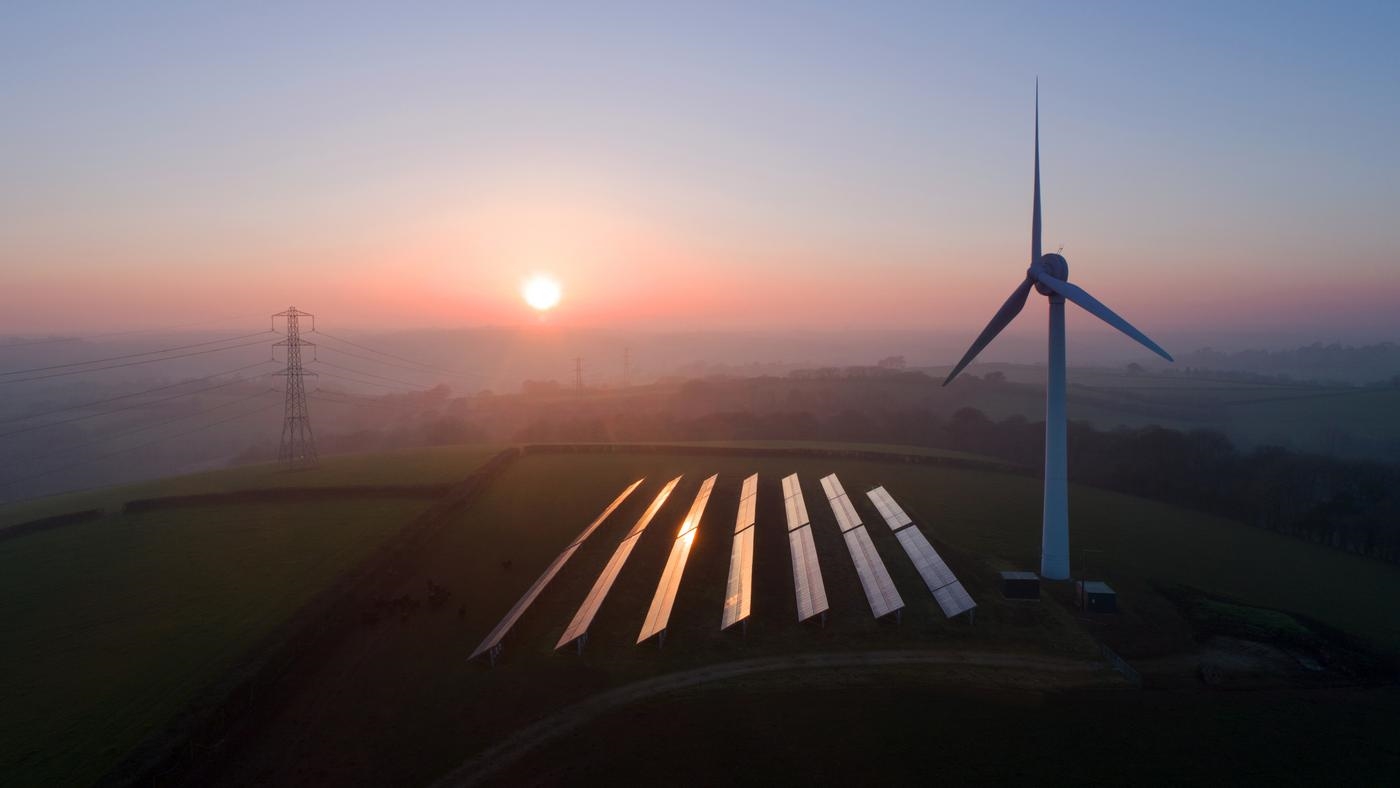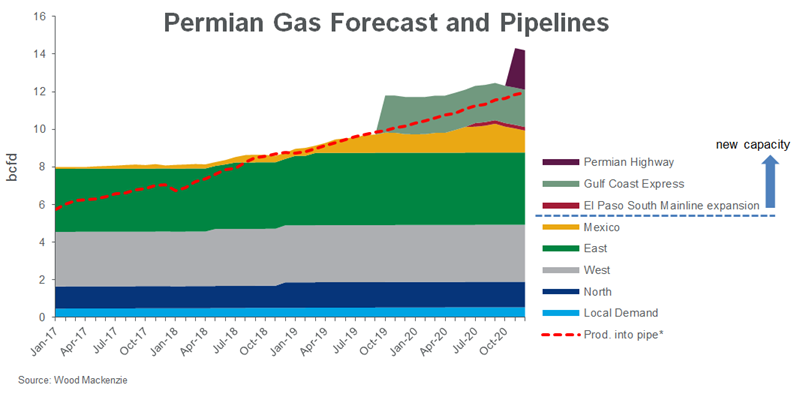与我们分析师联系
Don't be so negative – Permian gas producers' pricing and piping problems
Would you pay a counterpart to take your gas away?
1 minute read
Price sensitivity in the Permian Basin is getting particularly touchy for natural gas producers.
The Waha price hub, a key benchmark for West Texas gas trade, has achieved a distinction that no producer would actually want – negative basis price. Put simply, supply in the area is so grossly swollen that producers and marketers are left no choice but to pay their counterparts to take their gas at a loss.
In the first quarter, negative Permian gas prices emerged in early February, and returned with a vengeance at the end of March. The deficit for Waha gas widened from -8 cents on 22 March to a record low of -$3.35/mmbtu on 3 April.
How big is the problem, and why is this happening?
In today's fast-growth production environment in the Permian Basin, gas output is growing far faster than the pipeline capacity needed to haul the product away. We foresee the pricing issue directly tied to takeaway constraints lasting at least until October 2019, when Kinder Morgan's Gulf Coast Express pipeline is slated to start-up.
Today, the bottleneck is so tight that even slight hiccups can cause massive price swings. The latest price slide came after two compressor station outages on the El Paso pipeline reduced westbound pipeline rates by about 200 mmcfd that exacerbated already planned maintenance at the eastbound Oasis pipeline.
Is there any chance of relief before Q4?
For now, our call for a ramp up of Mexican exports from Waha is the best solution for the gas back-up in West Texas. A series of intra-Mexico gaspipelines are scheduled to come into service in Q2, easing the pile up of supplies in Waha. On a smaller scale, local summer power demand could also help to utilize the large volumes of gas.
Wood Mackenzie has a team of experts covering developments such as these as part of our North America Gas Service. For more information on our gas and LNG services, click here.





